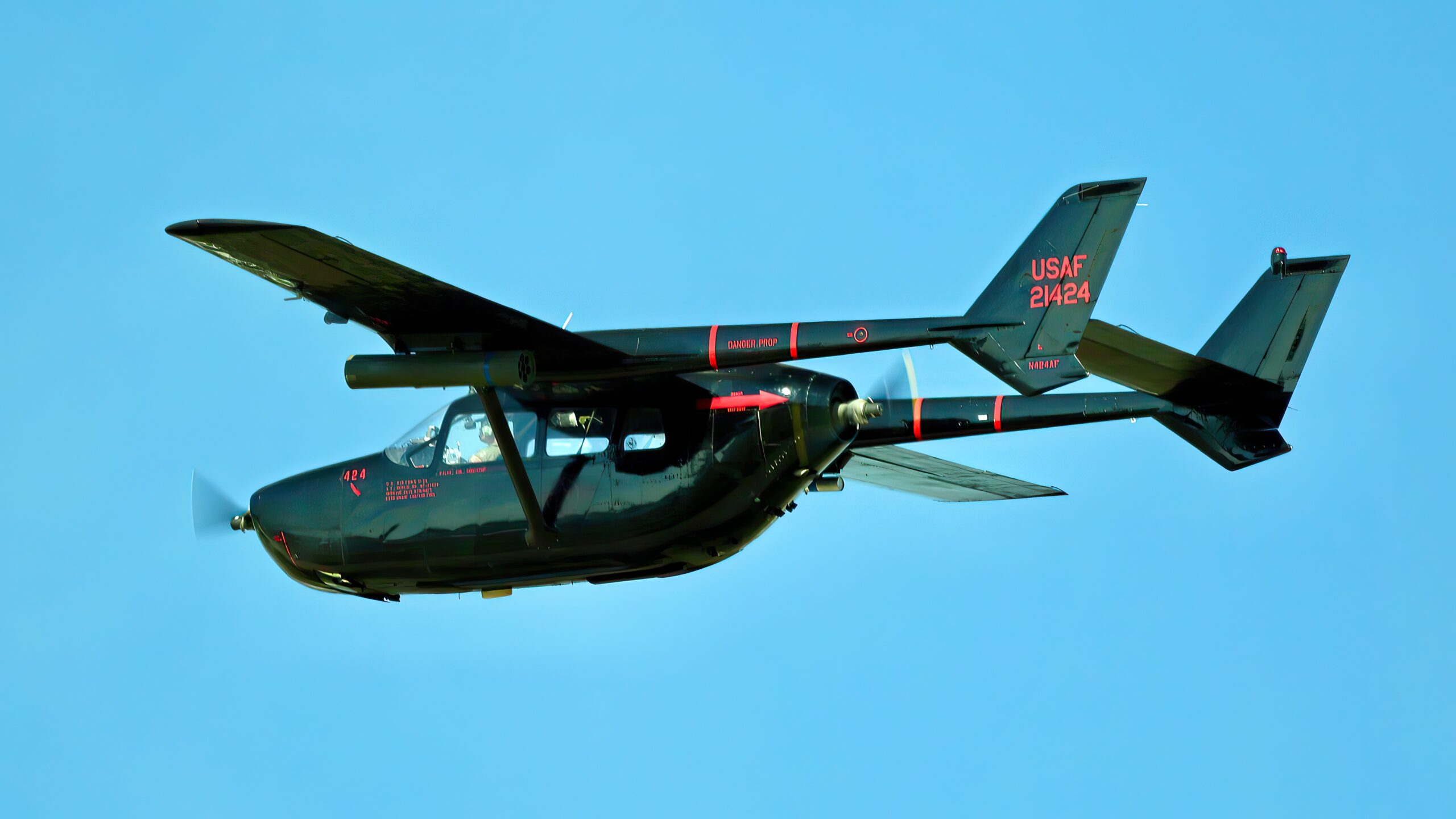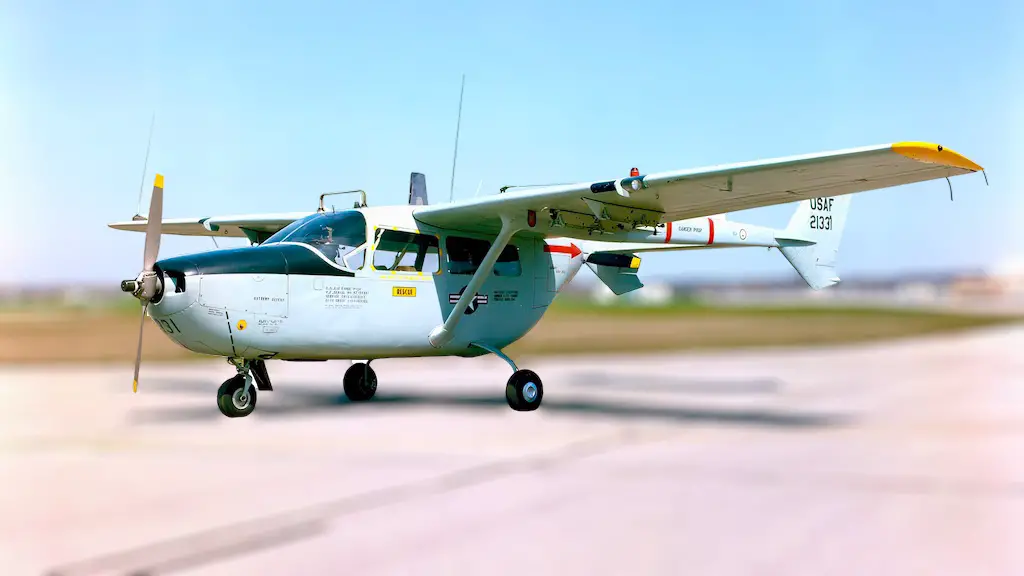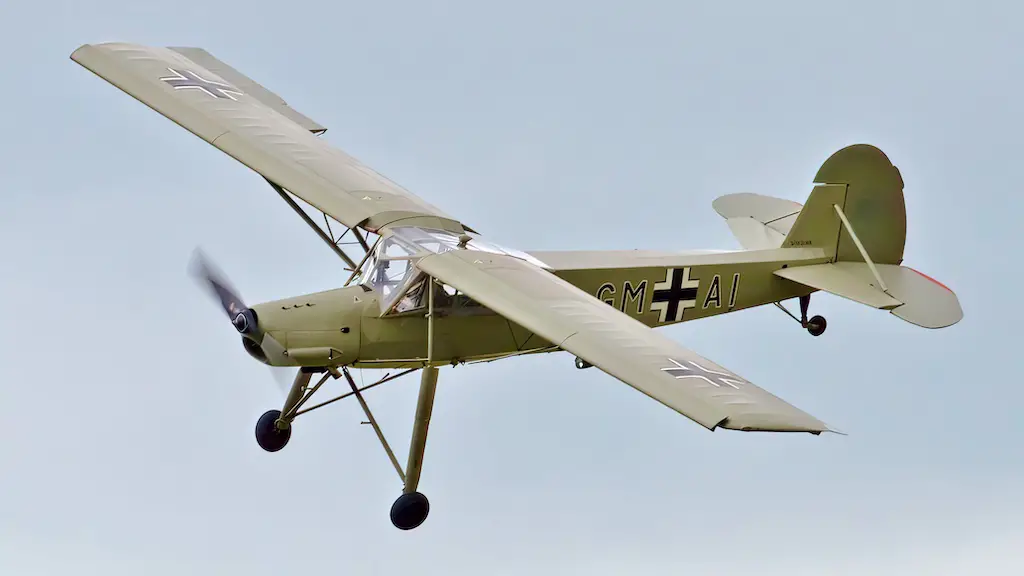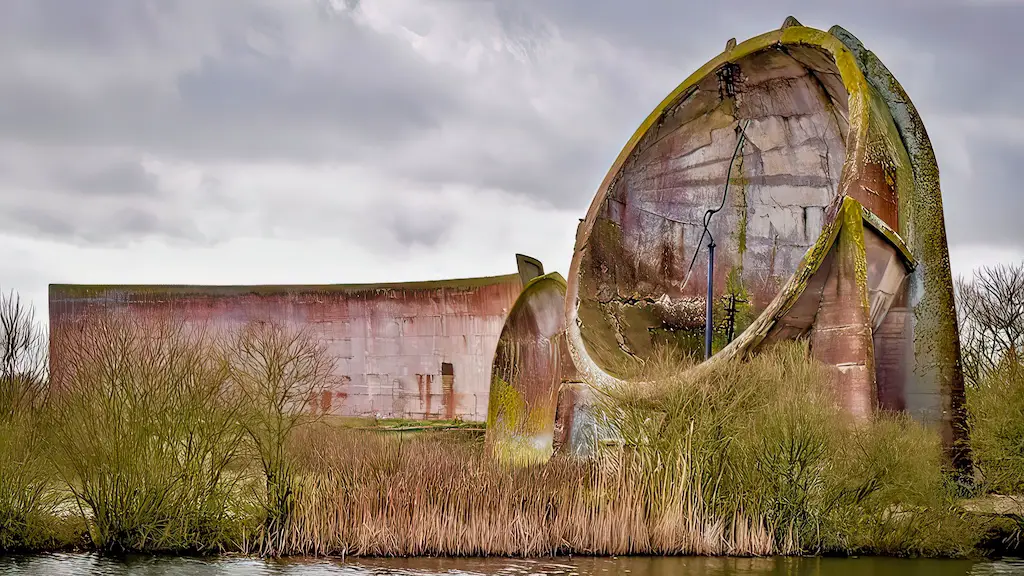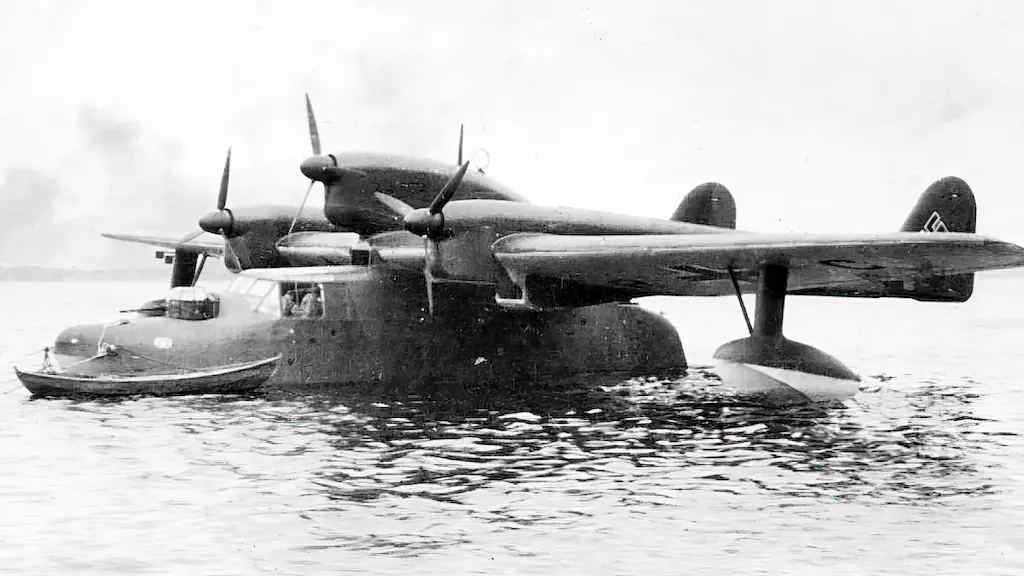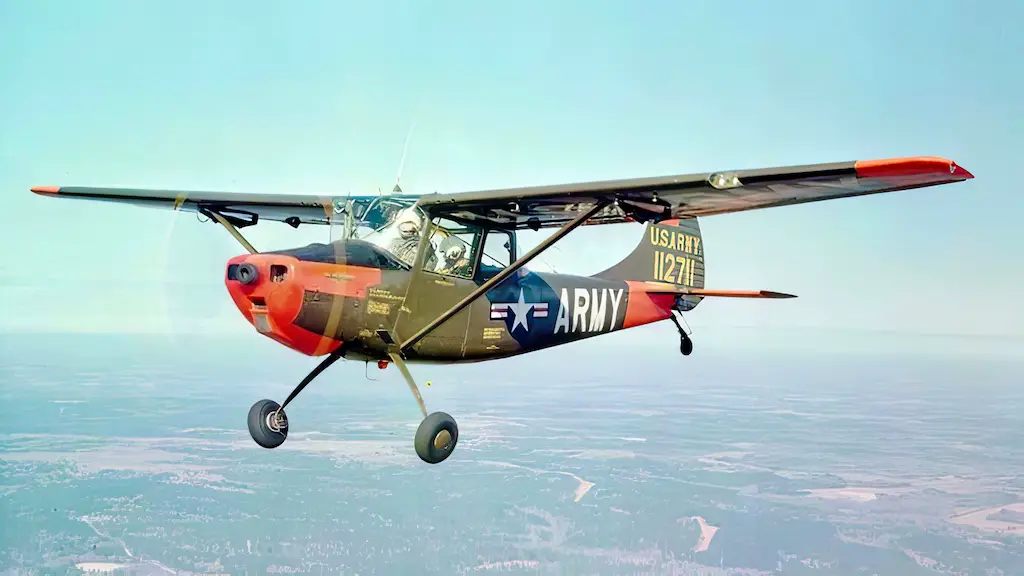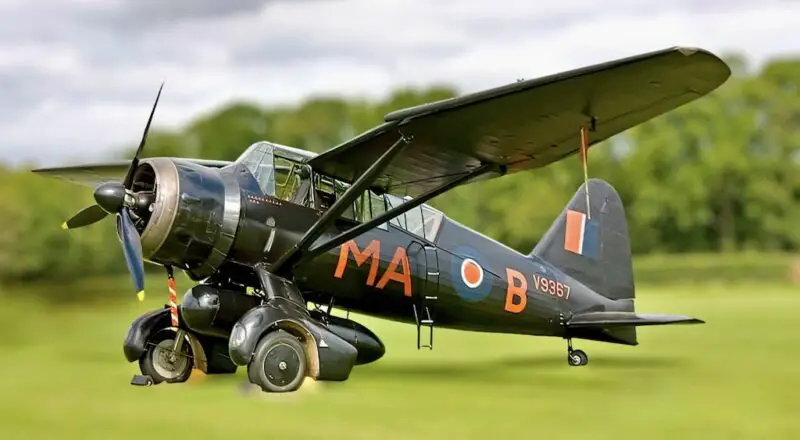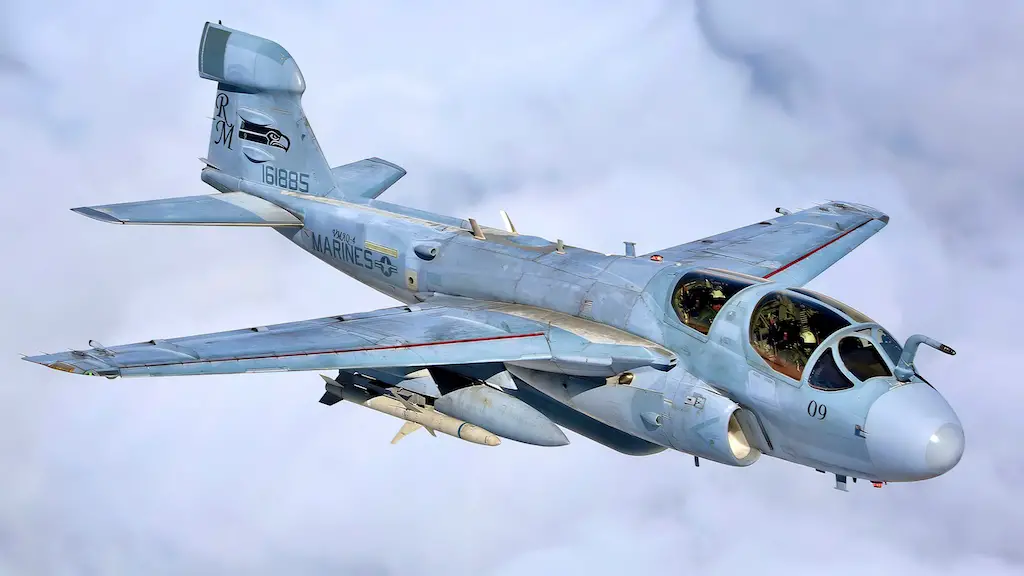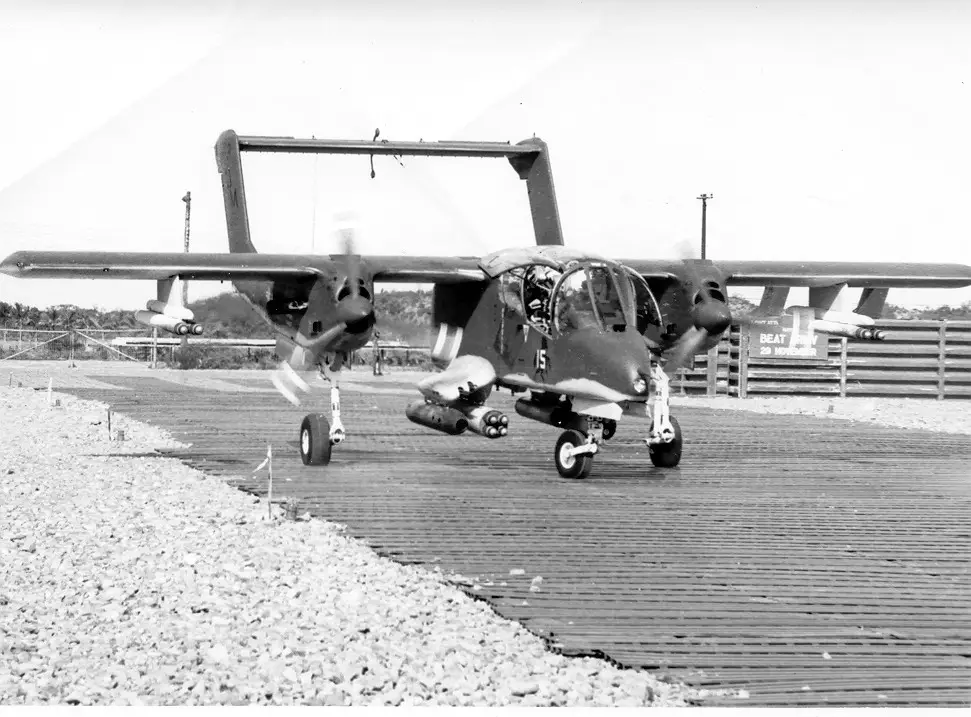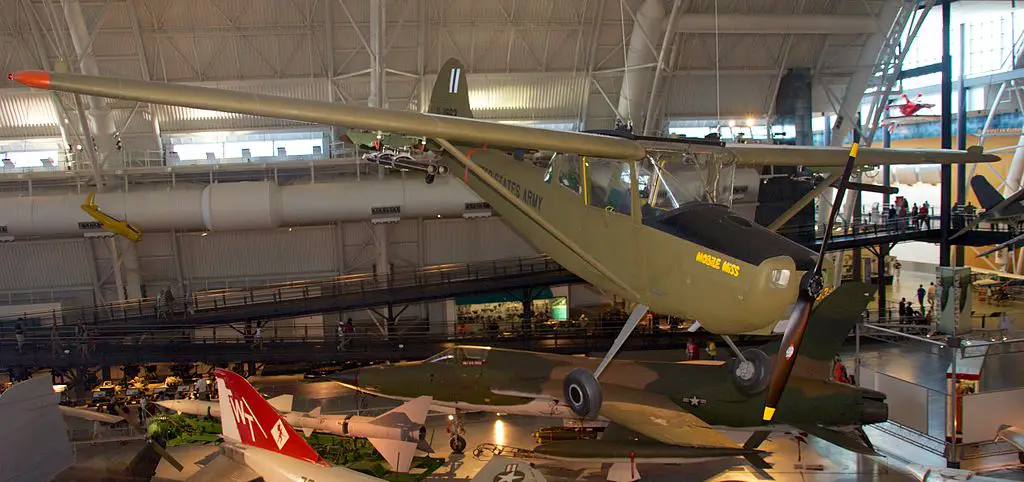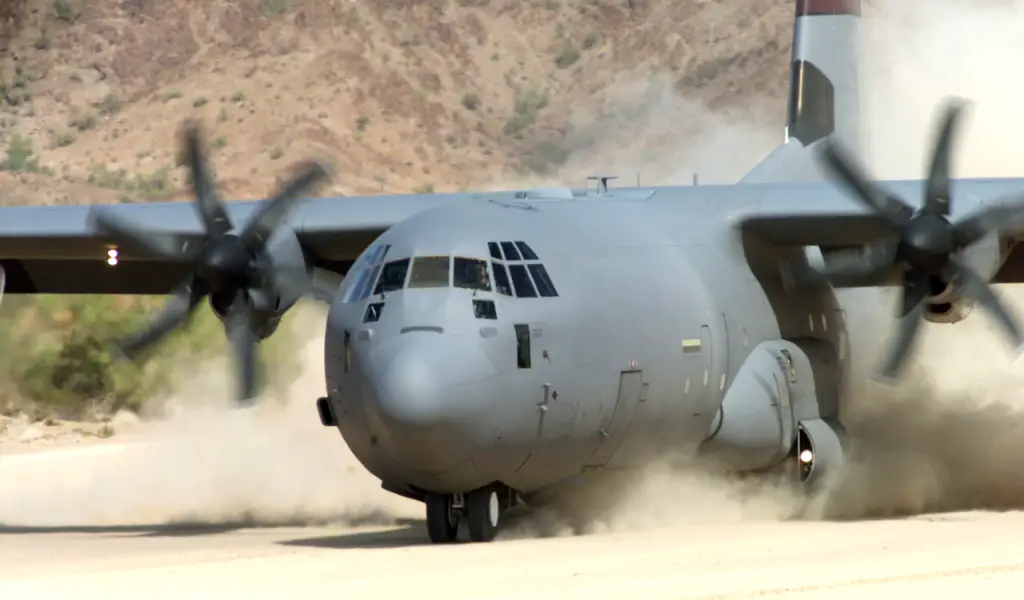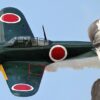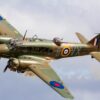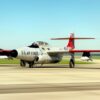The Cessna O-2 Skymaster, aka “Oscar Deuce” or “the Duck,” was adopted by the US Air Force at the height of the War in Vietnam. For the next several years these small aircraft flew thousands of missions in the observer, forward air control (FAC) and psychological operations (PSYOPS) roles. Operating over and behind enemy lines, these humble-looking airplanes took at least just as serious risks as their larger and faster jet-powered colleagues. Once out of Vietnam, the O-2s spread all over the globe, pursuing all sorts of military and civilian careers.
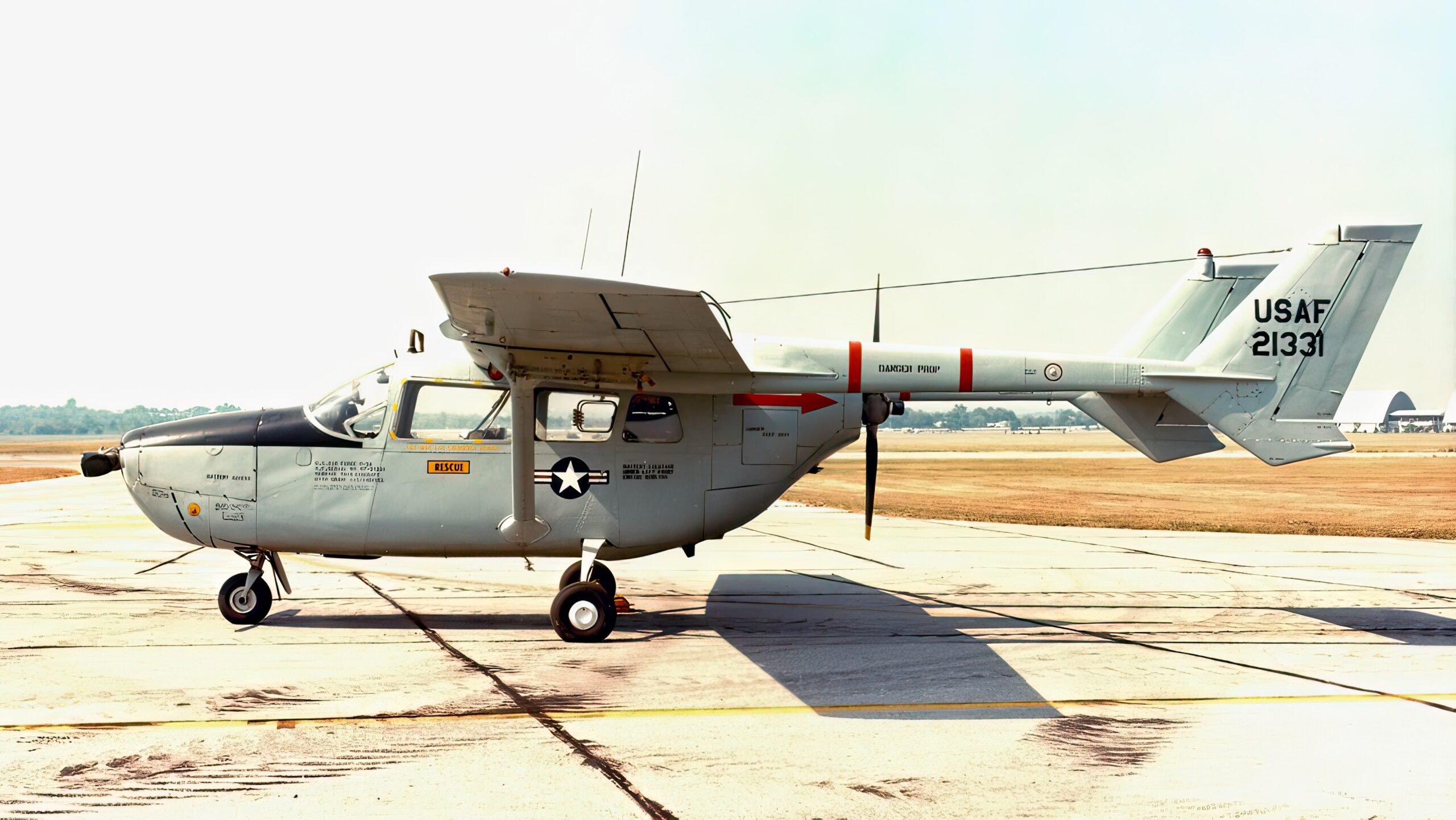
A dual-purpose masterpiece by Cessna
Cessna’s ingenious push-pull design first appeared as the civilian Model 336 Skymaster variant, which made its first flight in 1961. By the mid-1960s, when the USAF figured it needed yet another FAC aircraft to fly missions in Vietnam to supplement and replace the older Cessna O-1 Bird Dog, the Skymaster had proven to be a robust and reliable airplane. Powered by two simple Continental IO-360 piston engines, it was also affordable and easy to maintain, which mattered a lot for aircraft intended for use at rough forward airstrips in the tropics.
Most importantly, though, the Skymasters design scheme with high-mounted wings unencumbered by engines provided a clear view below and behind the aircraft, which made it ideal for observation purposes. And having both engines located on the centerline in a tractor-pusher arrangement made it easier for the pilot to control the aircraft whenever one of the engines was lost—a useful feature in combat zone. Besides, the Skymaster had twice the range of its predecessor, meaning that it could loiter over enemy positions twice as long.
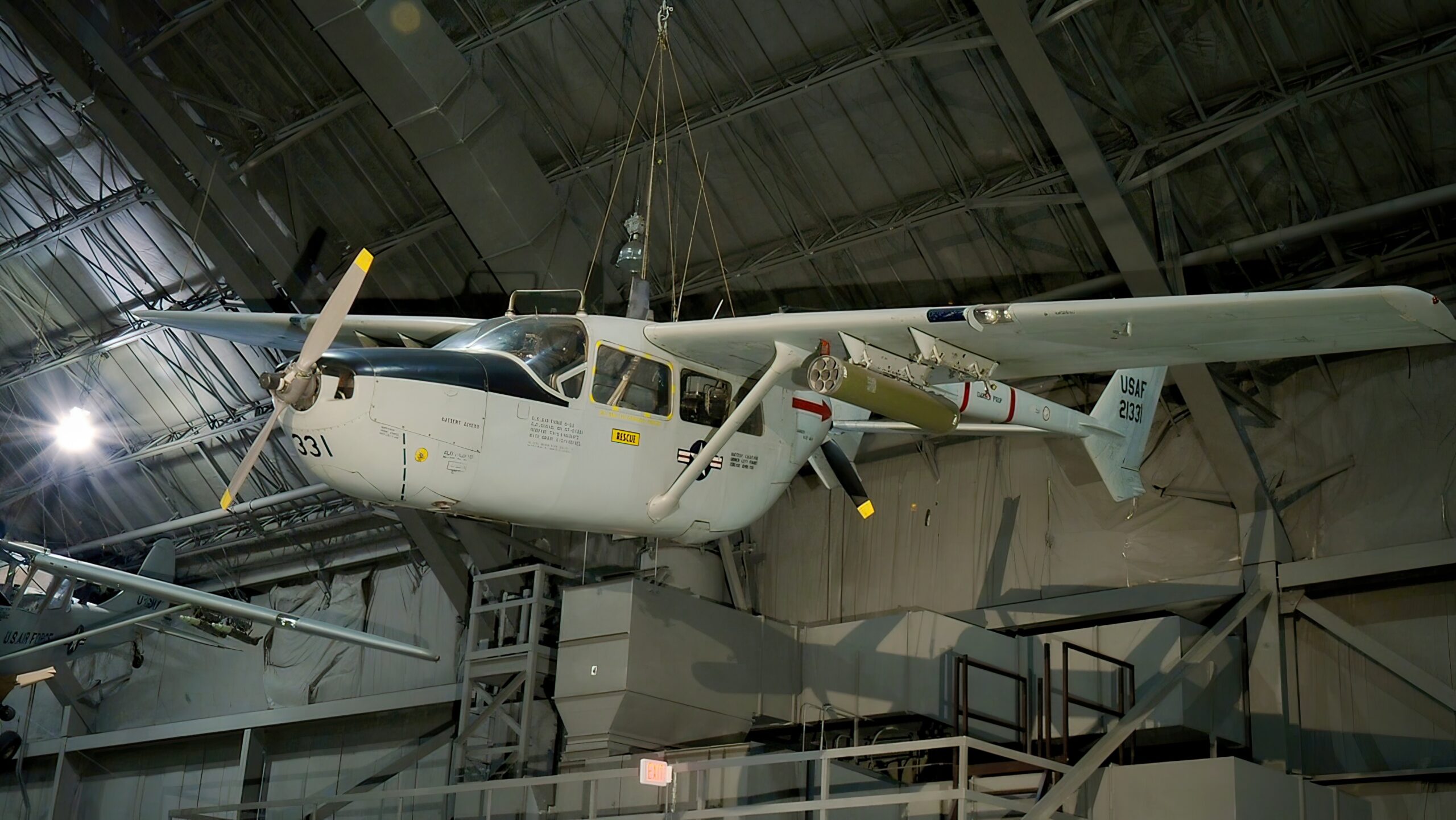
The military version
Cessna developed the aircraft’s military version in 1966, from the aircraft’s upgraded Model 337 Super Skymaster variant. The military O-2 had just two seats, for the pilot and the observer, one behind the other, instead of the civilian version’s six. Cessna fitted it with necessary military communication and navigation equipment and installed flame-retardant foam in the wing-mounted fuel tanks. The O-2A also had four underwing hardpoints for carrying rockets, flares, and various other light air-to-ground weapons. The resulting increase in aircraft’s weight also necessitated some component strengthening.
Flying FAC missions in Vietnam
The O-2 Skymaster first flew in January 1967, and later that year went to southeast Asia. “The Duck” flew very low and very close to the enemy, identifying targets for fast jet-powered bombers and the artillery. In many cases O-2 crews flew very deep into enemy territory.
For example, O-2As based in Danang would fly many miles into North Vietnam, following a zigzag route over the hostile jungles. Upon spotting a target, such as a truck, the “Oscar Deuce” crew would fire target-marking rockets and report it to a C-130 Hercules command post, which then directed the nearest fighter-bombers onto the target. Following the airstrike, O-2 crew reported target damage.
Those missions often brought O-2s under intense enemy fire. Overall, 178 USAF Skymasters were lost in Vietnam (to all causes) out of 532 airframes supplied by Cessna between 1967 and 1970.
After the introduction of the turboprop North American Rockwell OV-10 Bronco in 1969, the O-2 was mostly relegated to nighttime operations, for which the Bronco with its brightly illuminated cockpit wasn’t perfectly suited. Once the OV-10’s night version became available, the O-2As were phased out of combat service. About three dozen airframes were transferred to the South Vietnamese air force.
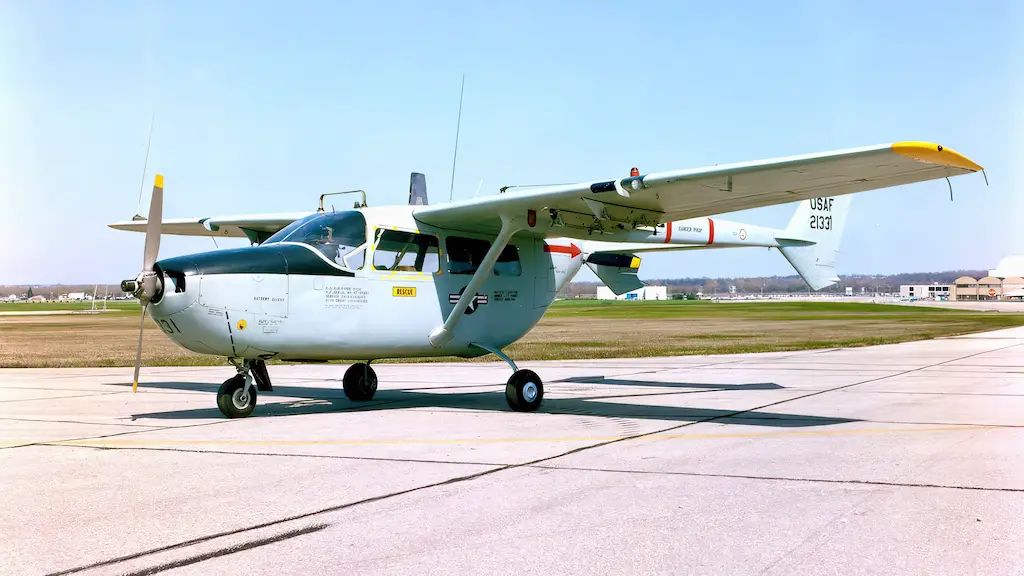
A psychological operations platform
About thirty civilian Super Skymasters underwent conversion for psychological warfare purposes. Designated as O-2B, this variant carried no ordnance. Instead, these aircraft were equipped with high-powered loudspeakers and a leaflet dispenser in the starboard side of the rear fuselage.
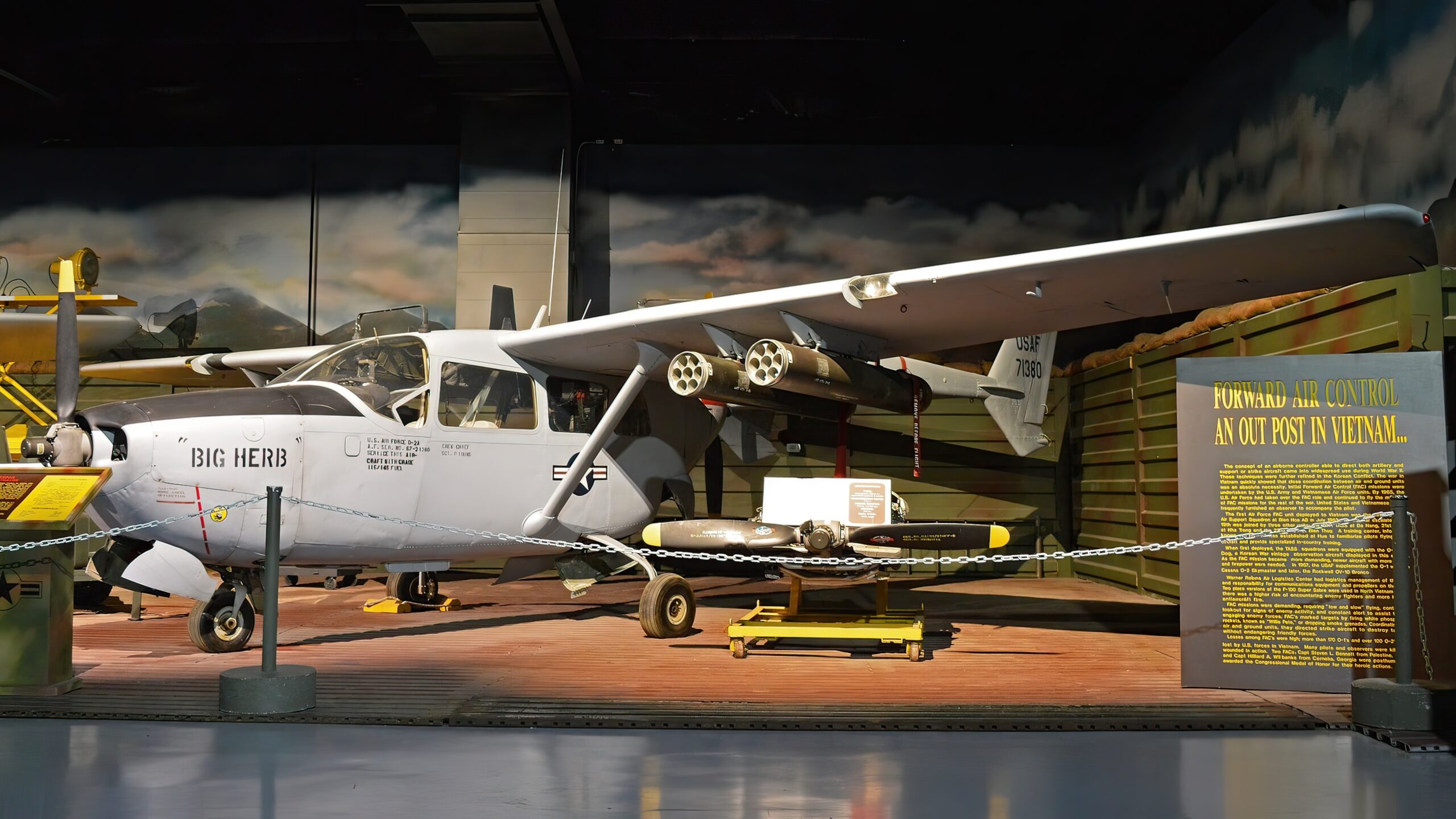
O-2’s post-Vietnam career
Following the War in Vietnam, many O-2s were transferred to National Guard units, where they continued flying until the late 1980s. Some were given to the Navy for use in the range control role, and then to the Army, which retired its last Skymasters as late as 2010. Two O-2s served with the US Army’s Berlin brigade and were stationed at Tempelhof airport. Some ended up flying for the forest protection agency in California.
In the early 1980s, about two dozen O-2s were acquired from the US by El Salvador, where they took an active part in the Salvadoran Civil War. While the Skymasters successfully directed air strikes on the rebel forces, they suffered some losses there as well, both form crashes and from insurgents’ MANPADS. The United States also supplied the O-2 to many other nations across the world, such as Haiti, Namibia, and Thailand, where they served for decades in a variety of roles from anti-guerilla warfare to combating poaching and smuggling.
